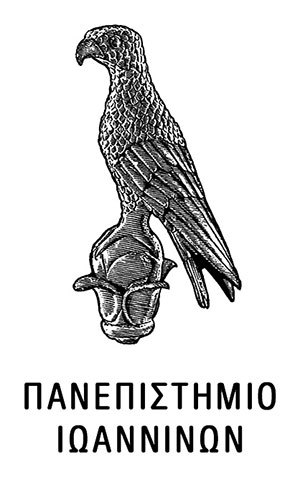As part of our research into understanding drug-metalloelement interactions, we have prepared complexes of Cu(II), Co(II), Ni(II), Mn(II), Fe(II), Fe(III), and Pd(II) with Diclofenac, in order to investigate their anti-inflammatory activity. Their inhibitory effects on rat or mouse paw edema induced by Carrageenan, Con-A, Nystatin, and Baker's yeast were compared with those of Diclofenac. Furthermore, the action of Diclofenac's metalloelement complexes on phagocytosis of yeast by rat peritoneal cells, as well as the capacity of some of the metalloelement complexes to inhibit lipid peroxidation of liver microsomal membranes was also investigated. These complexes exhibited a strong inhibitory effect on Carrageenan-, ConA-, and Nystatin-induced edemas (35-80% inhibition) comparable to the inhibition caused by Diclofenac (61-76% inhibition). Furthermore, complexes with Co(II), Ni(II), Pd(II), and Mn(IT) were found to have an anti-inflammatory profile (35-50% inhibition) superior to diclofenac (17% inhibition) when inhibiting inflammations due to Baker's yeast, the mechanism of which involves mainly the activation of lipoxygenase and/ or complement system. Complexes of Ni(II) and Pd(II), which showed significant inhibition of induced-edemas in rats, were also tested in mice at lower and higher doses and showed a significant dose-dependent inhibition of edemas in mice. Some of these complexes also interfere with in vitro phagocytosis. The most active anti-inflammatory complexes Co(II), Pd(II), and Ni(II), also offered significant protection against lipid peroxidation in vitro, acting as antioxidant compounds, properties that are not demonstrated by Diclofenac. Finally, it is noted that almost all metalloelement complexes of Diclofenac showed high anti-inflammatory activity at molecular concentrations much lower than that of Diclofenac. From the present study it is suggested that the anti-inflammatory activity of Diclofenac is enhanced by the formation of coordination complexes with transition metalloelements. (C) 1998 Elsevier Science Inc. All rights reserved.
(EN)

